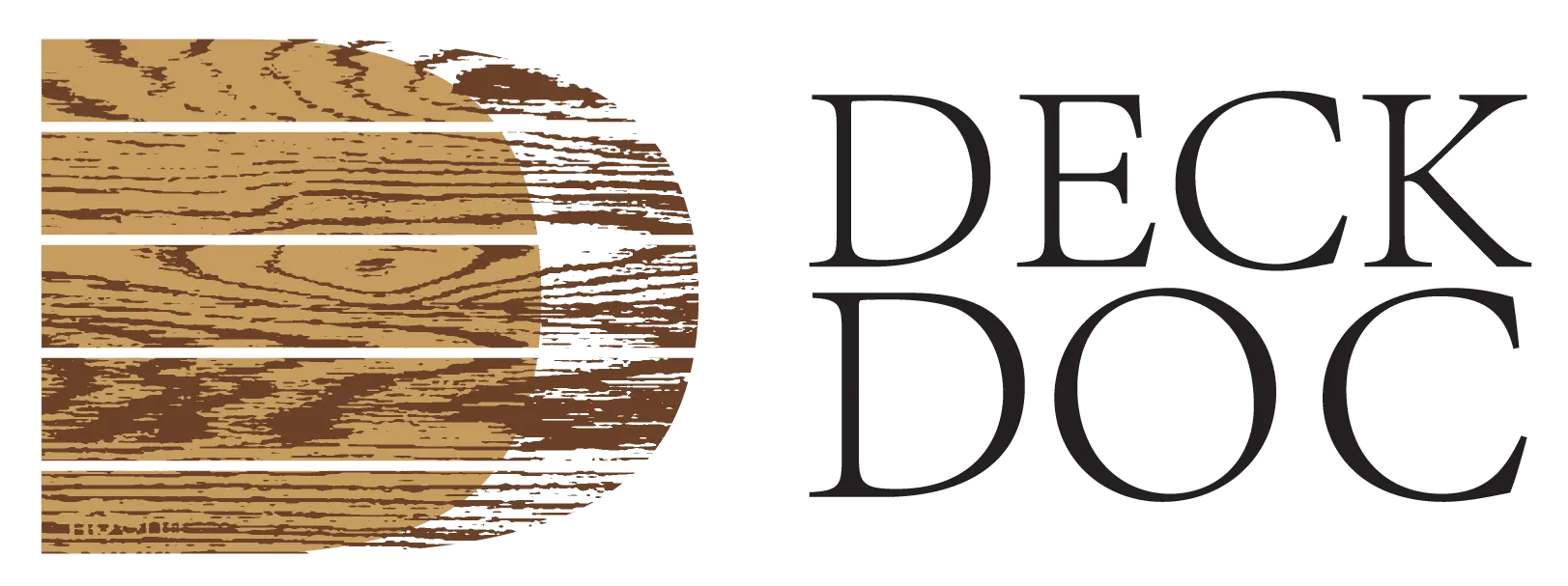Wondering if you should you paint pressure treated wood? Painting can enhance its durability and appearance, but it requires careful timing and preparation. This guide covers the pros, cons, and everything you need to know to make the right choice.
Key Takeaways
- Pressure-treated wood is chemically designed to resist rot and pests, making it ideal for outdoor use.
- Painting pressure-treated wood adds protection and aesthetic appeal, but it requires careful timing and preparation to ensure proper adhesion.
- Alternatives to painting include staining, which highlights the wood’s natural beauty, though it may require more frequent maintenance.
Understanding Pressure Treated Wood
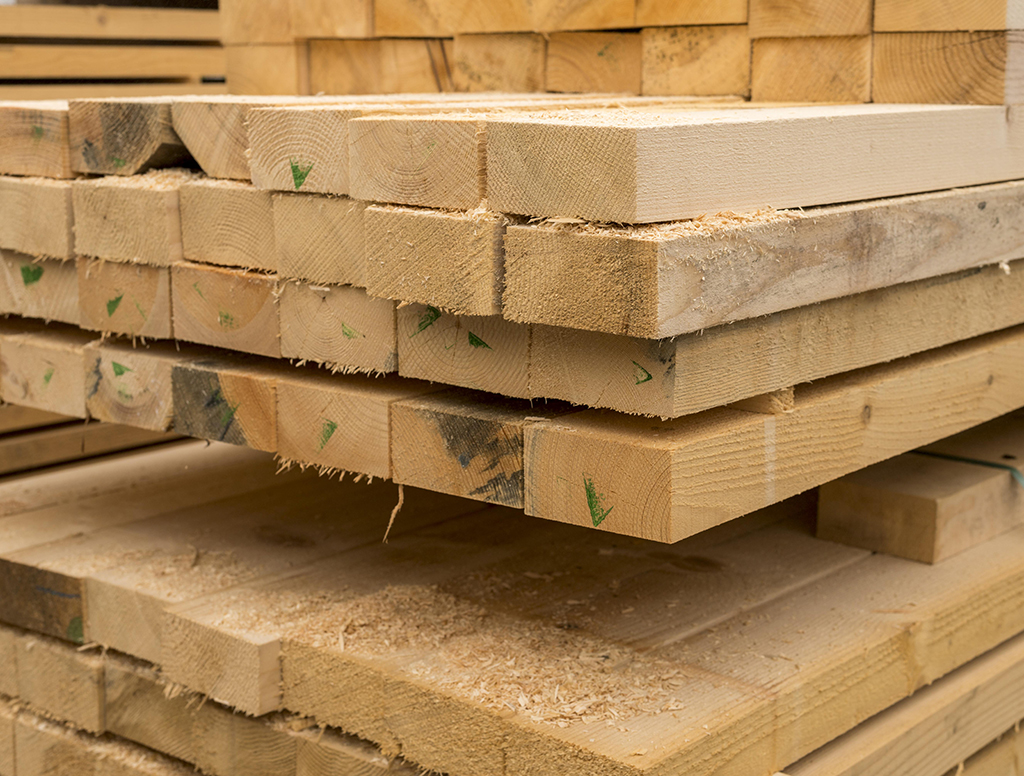
Pressure-treated wood exemplifies modern engineering, built to endure harsh conditions. Softwoods like southern yellow pine, cedar, and redwood are treated with chemical preservatives to resist rot, decay, fungi, and termites. This process significantly extends the wood’s lifespan, making it perfect for outdoor use with treated lumber.
Pressure treating wood involves using a high-pressure system to infuse preservatives deep into the fibers, ensuring lasting protection. This treatment makes pressure-treated wood a dependable choice for deck boards, fences, and other structures exposed to harsh weather, including pressure treated lumber.
Pros of Painting Pressure Treated Wood
Painting pressure-treated wood offers numerous benefits. It boosts durability and enhances aesthetic appeal. A fresh coat of paint can rejuvenate aged wood, hiding imperfections and adding vibrancy. Moreover, the paint acts as a barrier against moisture and UV rays, extending the wood’s life.
Financially, painting pressure-treated wood is a smart investment. It reduces the need for frequent replacements, saving homeowners money over time. Painting also helps maintain the structural integrity and appearance of outdoor structures, offering a personalized touch through color selection.
Cons of Painting Pressure Treated Wood
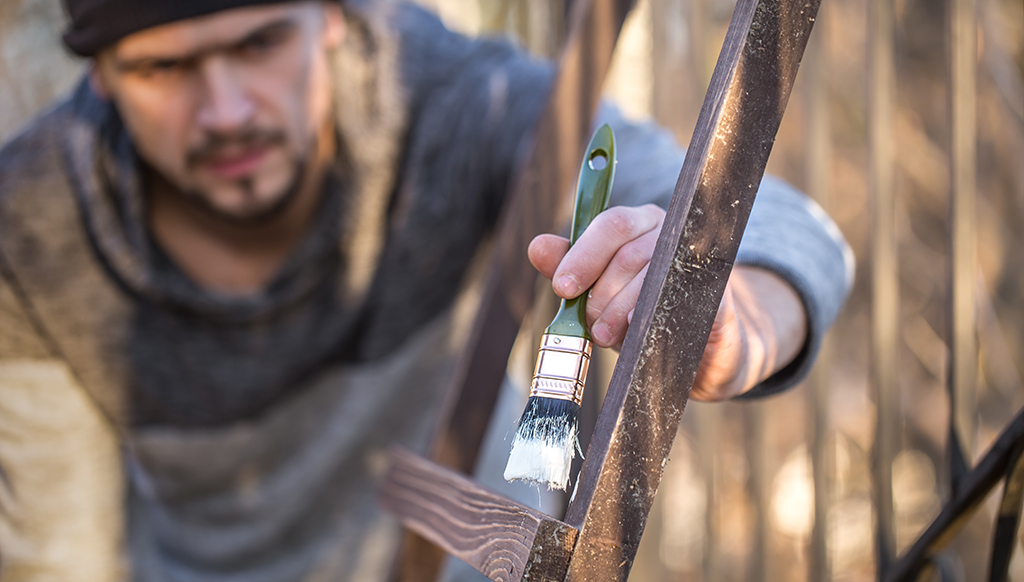
Despite its benefits, painting pressure-treated wood has challenges. A major issue is the risk of paint failure if applied too soon. High moisture content in freshly treated wood can prevent proper adhesion, causing peeling, warping, and frequent touch-ups.
Moreover, painting can conceal the wood’s natural beauty and character, which some homeowners may prefer. Errors during the painting process can be labor-intensive to fix and might necessitate starting over, increasing both effort and cost.
Timing: When to Paint Pressure Treated Wood
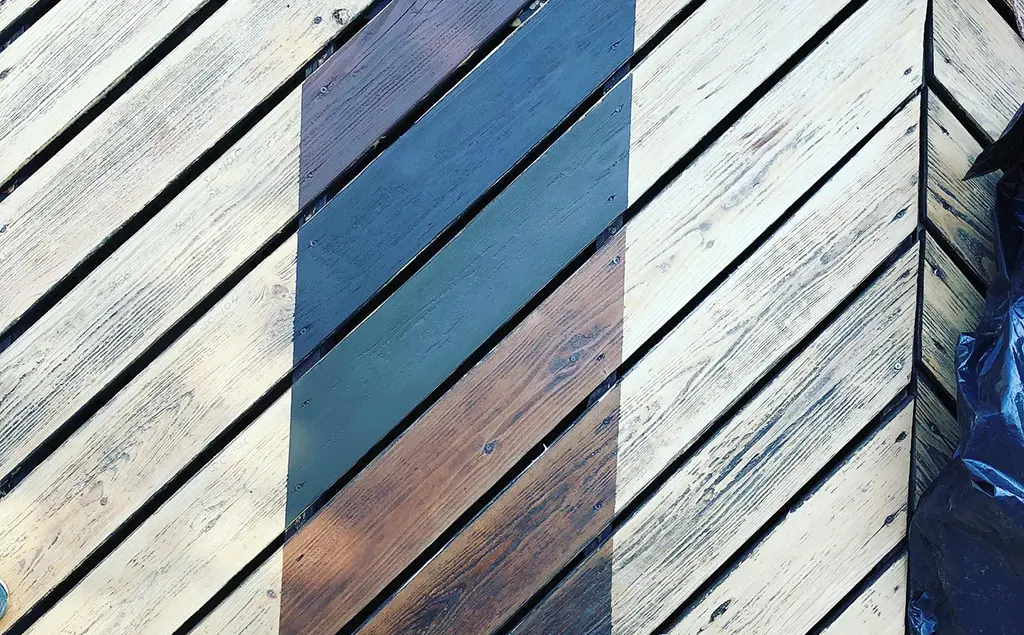
Proper timing is essential for painting pressure-treated wood. The wood must dry completely, which can take weeks to months depending on the climate. Painting too early risks poor adhesion and potential warping, as moisture disrupts the paint’s bonding.
Before painting, washing off excess treatment chemicals is crucial to ensure proper paint adherence. Making sure the wood is dry prevents issues like paint rejection, which can happen when water-borne chemicals seep out during drying.
Moisture Content Test
To test if the wood is ready for painting, check its moisture content. If water beads on the surface, the wood is still too wet and needs more time to dry.
If the wood properly absorbs water, it is sufficiently dry and ready for painting.
Preparing Pressure Treated Wood for Painting
Thorough preparation is vital for a successful painting project. Begin by cleaning the wood to remove dirt, debris, and treatment chemicals that might hinder paint adhesion. Use a clean rag and mild detergent to scrub the surface, ensuring it’s contaminant-free.
Let the wood dry completely after cleaning, a crucial step to prevent paint failure and ensure a lasting finish. Once dry, apply an exterior-grade primer to help the paint bond better with the wood, creating a smooth, even base for the topcoat.
Cleaning Solution
Mix mild detergent with water and scrub the wood surface with a clean rag to remove any remaining stain or dirt. This cleaning step is essential for proper paint adhesion and to prevent peeling.
Sanding and Priming
Sanding the wood creates a smooth surface, aiding high quality primer adherence. Applying a high-quality, exterior-grade primer is crucial as it provides a protective layer that boosts the paint’s durability.
If the wood is significantly weathered, a second coat of primer may be needed for thorough coverage and a strong paint foundation. Use tools like paint rollers, sprayers, and brushes to apply the primer evenly.
Choosing the Right Paint
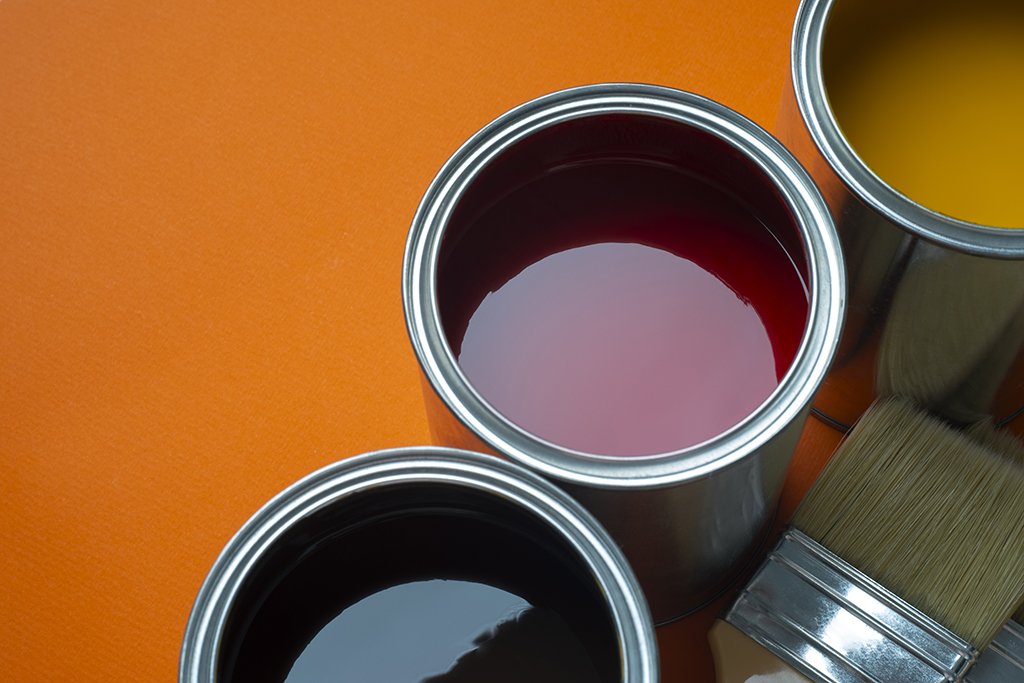
Choosing the right paint is essential for a durable and attractive finish. High-quality exterior latex paint is recommended for its excellent adhesion and flexibility. Also, match the primer to the paint: use a tinted primer for darker colors and a white primer for lighter shades.
Apply paint evenly using brushes or rollers to avoid peeling and uneven color. Adhering to these guidelines ensures a professional-looking finish that withstands the elements.
Applying Paint to Pressure Treated Wood
Once the primer is applied and has dried for at least a day, it’s time to paint. Apply at least two coats for a durable and even finish.
For painting, various tools like brushes, rollers, and sprayers can be used. Each offers unique advantages, so select the right one to make the task efficient and effective.
Using a Paint Sprayer
A paint sprayer can speed up the process and ensure a uniform application, especially useful for large areas, offering consistent coverage and a smooth finish.
Brush and Roller Techniques
A roller is efficient for large surfaces as it covers more area quickly.
Use a brush for detailed or hard-to-reach spaces to ensure thorough coverage and a polished look.
Alternatives to Painting: Staining Pressure Treated Wood
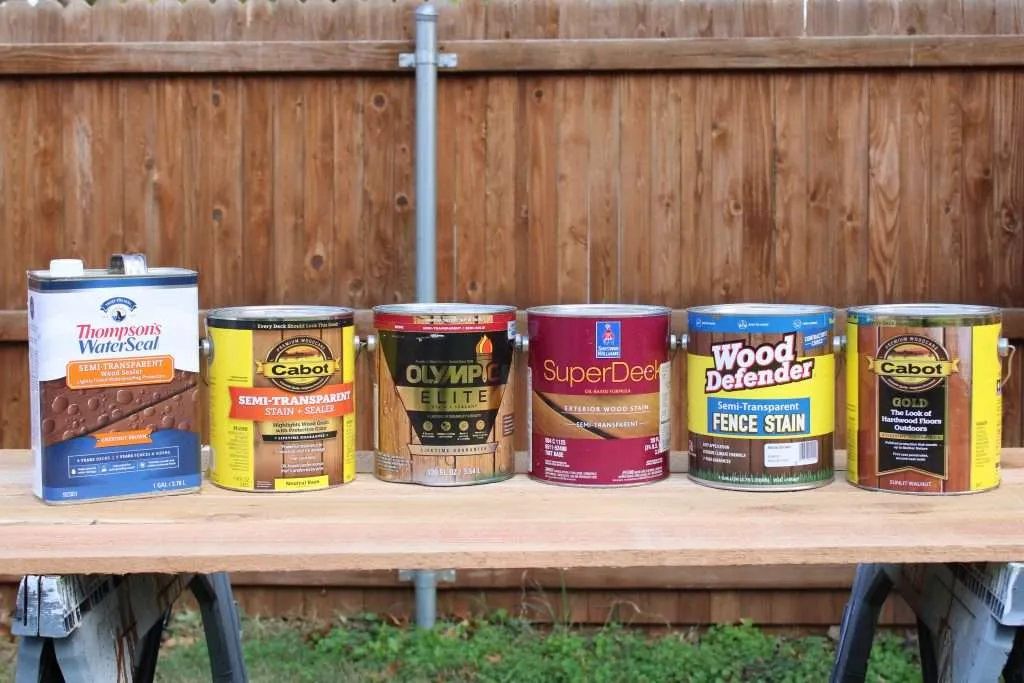
While painting provides various color options and a smooth finish, staining is also a viable option. Staining highlights the natural beauty and grain of the wood, an attractive feature for many homeowners.
However, stains offer less coverage than paint and may need more frequent maintenance to maintain their appearance. Your choice between paint or stain depends on aesthetic preferences and readiness for regular upkeep.
Maintenance Tips for Painted Pressure Treated Wood
Maintaining painted pressure-treated wood requires regular inspections and cleaning to remove dirt, mildew, and other pollutants. Periodically reapply a protective sealer when water no longer beads on the surface, indicating a new coat is needed.
High-quality paint forms a protective barrier against moisture and UV damage, enhancing durability and appearance. Regular maintenance keeps painted surfaces in good condition and looking their best.
Summary
Painting pressure-treated wood can be an excellent way to enhance its durability and visual appeal. By understanding the pros and cons, preparing the wood properly, and choosing the right paint, homeowners can achieve a beautiful, long-lasting finish.
Ultimately, whether to paint or stain pressure-treated wood is a personal decision that depends on your aesthetic preferences and maintenance capabilities. With the right approach, you can enjoy the benefits of well-maintained outdoor structures for many years.
Frequently Asked Questions
How long should I wait before painting pressure-treated wood?
You should wait 3-4 months before painting pressure-treated wood to ensure it has dried properly for optimal adhesion. This timeframe allows the wood to release excess moisture and prevents peeling or bubbling of the paint.
What type of paint is best for pressure-treated wood?
High-quality exterior latex paint is the best choice for pressure-treated wood, as it offers excellent adhesion and flexibility, ensuring durability and protection.
Can I use a pressure washer to clean pressure-treated wood before painting?
Yes, you can use a pressure washer to clean pressure-treated wood before painting, but it’s crucial to ensure the wood is thoroughly dry afterward for optimal paint adhesion.
How can I tell if the pressure-treated wood is dry enough to paint?
The wood is dry enough to paint if water absorbs into it rather than beading on the surface. This indicates appropriate moisture levels for painting.
Is staining a good alternative to painting pressure-treated wood?
Staining is a good alternative to painting pressure-treated wood as it enhances its natural beauty and grain, though it does require regular maintenance to keep it looking its best.
